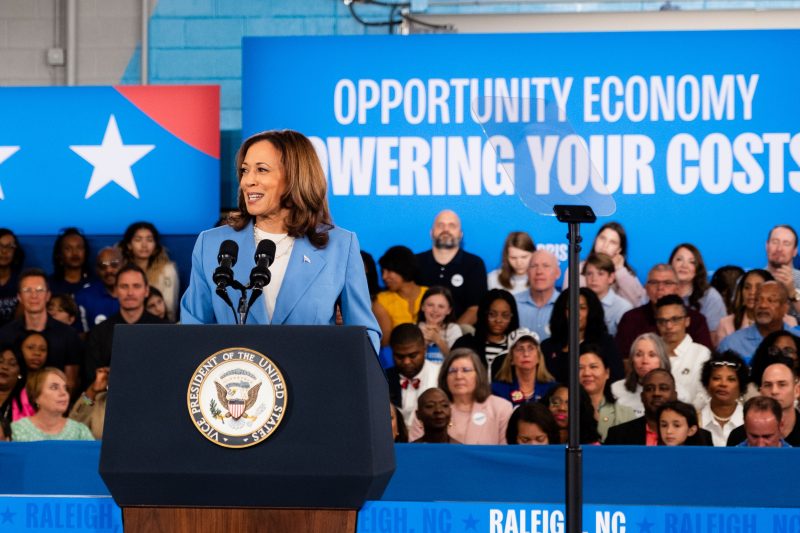Kamala Harris’s New Economic Plan: A Closer Look
Kamala Harris, the Democratic senator from California and former presidential candidate, recently unveiled a bold new economic plan that has sparked both praise from Democrats and scorn from GOP members. The plan, titled LIFT the Middle Class Act aims to provide relief to working and middle-class Americans by offering tax credits and housing assistance. Let’s take a closer look at the key components of Harris’s plan and the reactions it has received from different political factions.
Tax Credits for Working Families
One of the central pillars of Harris’s economic plan is the proposal to provide tax credits for working families. The plan includes a tax credit of up to $6,000 per year for families earning less than $100,000 annually. This tax credit is designed to help alleviate financial burdens for working families and provide much-needed support to ensure financial stability.
Affordable Housing Assistance
Harris’s plan also addresses the issue of affordable housing by offering additional assistance to low-income families. The plan includes a significant investment in creating and preserving affordable housing units, as well as providing rental assistance to families struggling to afford housing costs. This is a crucial component of the plan, as affordable housing remains a pressing issue for many Americans across the country.
Reaction from Democrats
Harris’s economic plan has been met with praise from fellow Democrats, who see it as a strong and comprehensive proposal to address economic inequality and support working families. Many Democrats have lauded the tax credit initiatives and affordable housing assistance as crucial steps towards creating a more equitable society. Some Democratic lawmakers have expressed their support for the plan and have indicated that they will work to push it forward in Congress.
Criticism from GOP
On the other hand, Harris’s economic plan has faced criticism from GOP members, who argue that the proposed tax credits and housing assistance are too costly and would burden taxpayers. Some Republicans have labeled the plan as a form of welfare and have raised concerns about the potential impact on the federal budget. GOP lawmakers have expressed their opposition to the plan and have vowed to block any attempts to implement it in Congress.
Conclusion
Kamala Harris’s LIFT the Middle Class Act presents a bold and ambitious vision for providing economic relief to working and middle-class Americans. The plan’s focus on tax credits for working families and affordable housing assistance has drawn praise from Democrats, while facing criticism from GOP members. As the debate over Harris’s economic plan continues, it remains to be seen how it will fare in Congress and what implications it may have for the future of economic policy in the United States.




























